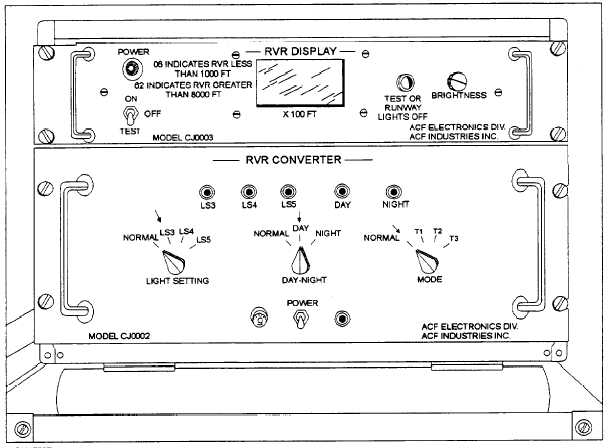Figure 2-37.—OA-7900A/GMQ-10 Converter/Indicator Group consisting of the ID-1939/GMQ-10 digital LED indicator and the
CV-3125/GMQ-10 signal converter.
Maintenance
This equipment requires very little operator
maintenance. Maintenance includes cleaning the fan
screen on the rear of the converter and keeping external
surfaces clean. Refer to the operator’s manual for
details.
REVIEW QUESTIONS
Q36. What does a meteorological transmissometer
actually measure?
Q37. How do the terms "sector visibility" and "runway
visual range" differ with respect to the
AN/GMQ-32?
Q38. What publication contains criteria and
instructions for the use of transmissometers?
Q39. How are transmissivity values presented on the
AN/GMQ-32 and how are these values
converted?
Q40. What routine maintenance is normally
accomplished by the observer with respect to the
AN/GMQ-32?
CLOUD HEIGHT EQUIPMENT
LEARNING OBJECTIVES: Describe the
operation, recorder trace outputs, and
maintenance of the AN/GMQ-13 cloud height
set. Explain the operation and maintenance of
the ML-121 ceiling height projector and
clinometers used ashore and at sea. Describe
two types of ceiling balloons, how they are
inflated, and how they are used to determine
cloud height.
In this section we will discuss some of the more
frequently used types of cloud-height measuring
equipment. The AN/GMQ-13 cloud height set (also
called the rotating beam ceilometer or RBC), is still the
primary cloud-height measuring equipment in use at
some shore stations. The AN/GMQ-13 is currently
being replaced by the ASOS cloud height detector.
Most shore stations also have backup cloud-height
measuring equipment, which consists of an ML-121
ceiling light projector and ML-119 clinometer. Aboard
ship, an ML-591/U shipboard clinometer is used in
2-29


